01 June 2022
This month we are taking you to Portugal, where we are sitting down with Ms. Fátima Lopes Alves, who is the President of the Port of Aveiro. We are asking Ms. Lopes Alves about her long-term vision for the Port of Aveiro, the ongoing energy transition and its effect on the port, the initiatives taken towards further digitalisation of the port, how a port authority can support the greening of the port, and many other interesting topics.
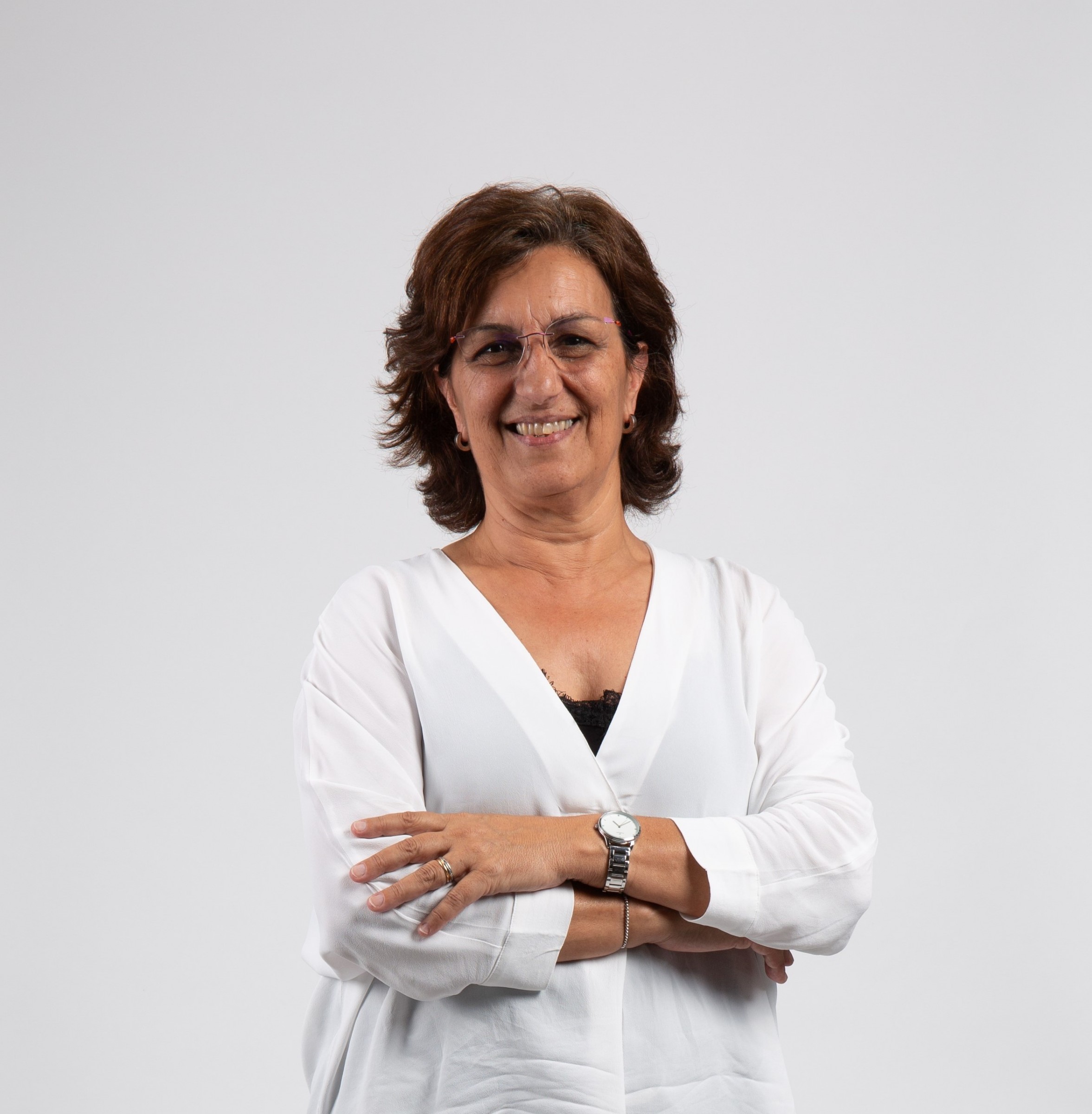
Can you briefly tell us about the Port of Aveiro? What are its main characteristics and challenges?
The Port of Aveiro is an industrial and modern port located in the centre of Portugal. Aveiro has a number of strengths to develop into a competitive industrial and logistics cluster, including modern infrastructure, an excellent network of road, rail, and shortsea connections and with zero congestion guarantees. The Port of Aveiro is also well connected with the rest of Europe. Add to that ample available space with sustainable infrastructures for new industries and warehouses, which make the Port of Aveiro the best option to realise long-term investments. The Port of Aveiro is specialized in general cargo, liquid and solid bulk segments, and is the 1st port in terms of breakbulk cargo in Portugal. Aveiro also has all the conditions to start operating containers and Ro-ro Cargo.
In 2021, the Port of Aveiro handled 5.7 million tonnes and was called by more than 1,000 vessels. Port of Aveiro is surrounded by a very sensitive lagoon, Ria de Aveiro, so I would say that the main challenge of the port is to increase the vessels dimension without harming this particular area. The improvement in the reliability and safety of the port's navigation conditions will allow for the reception of larger vessels that will boost the increase in cargo handling at the Port of Aveiro.
Another important challenge is to promote its energy transition and to develop the Port of Aveiro as a Green and Smart Port.
What is your long-term vision for the Port of Aveiro? What are the main investment projects for the coming years?
The main strategic development lines of the most significant investments for the next decade in the Port of Aveiro are based on: the Study of the Improvement of navigability conditions of Barra de Aveiro (larger ships and the reinforcement of safety and reliability of the services provided), on the reinforcement of the maritime-railway connectivity (with the construction of the intermodal railway terminal with capacity to receive 750m railway compositions), on the empowerment and infrastructure of the ZALI - Zone of Logistic and Industrial Activities, and also, on the energy transition and digitalisation.
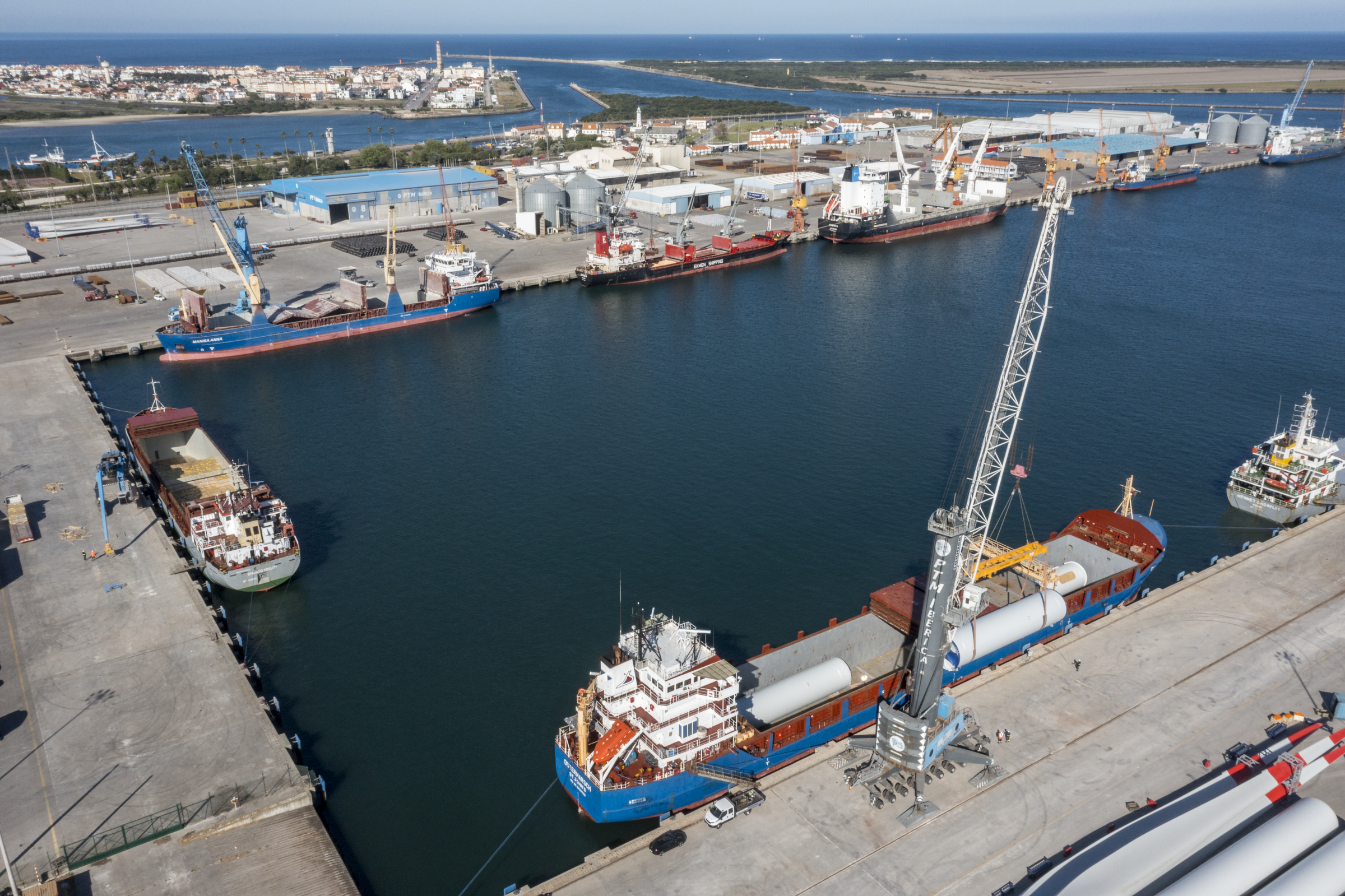 © Port of Aveiro
© Port of Aveiro
The Port of Figueira da Foz is integrated into the Port of Aveiro. How is it to govern two different ports? What are the advantages of this close cooperation between the two ports? Are there any challenges?
The main advantage is the sharing of resources among the two ports which leads to efficiency gains and economies of scale. The most practical example of this is the common administrative body for both port authorities, that is responsible for problem solving, policy and other management matters given its experience in the sector.
Regarding public procurement procedures, accounting for the procurement of both ports, could also lead to getting lower prices, as well as time saving compared to having to launch two individual procedures.
In addition, sometimes cargo flows are also managed by considering the needs and availabilities of both ports, enhancing the combined capacity of the ports beyond their mere sum of both.
The Port of Aveiro has an energy transition strategy. Can you briefly present us the main focal points of the strategy? Are you preparing yourself also for the arrival of the hydrogen economy?
2050 is the year defined by the European Ecological Pact - Green Deal - to achieve carbon neutrality. The Port of Aveiro, as a medium-sized port (SMP), has already initiated its action plan for the energy transition, having established as goals the reduction of greenhouse gases (GHG) by 55% by 2030, 75% by 2040 and 100% by 2050.
The achievement of these goals means a global investment of 27,7 million euros to promote the energy transition and to develop the Port of Aveiro as a "Green and Smart Port". The strategic approach involves the creation of synergies within the ecosystem of the Aveiro port community, in which all partners are involved. An ecosystem of open innovation for the decarbonisation of the entire port area.
In the energy transition strategy of the Port of Aveiro, the main actions include (1) developing port renewable energy sources to increase its energy autonomy, in which related technologies that are yet not fully developed and studied, such as hydrogen, may be considered, (2) Port Energy Services, including the deployment of a mobile onshore power equipment to supply ships at berths, as well as on other facilities to supply equipment and vehicles (3) Port Advanced Biofuels, in order to bunker ships, port vessels and other local boats as well, and to re-fuel port equipment and trucks (4) Energy efficiency on buildings, services and port activities, (5) Green Land Use Concept, to be applied in the new logistics and industrial area, named ZALI, that will be designed and managed as a green port area (6) Efficiency of Logistics Chains taking advantage of new digital tools and technologies to optimize the seamless flow of goods and modal shift, reduce inefficiencies and promote the growth of the port, (7) expanding Digitalization across the port in multiple areas, based on sensoring, internet of things (IoT) and machine learning technologies (8) setting an example as a leader to its Port Community Network to follow and cooperate, (9) Smart Port Cities by strengthening the relationship with the municipalities to promote decarbonization and the green and smart mobility and (10) Business, Investment and Funding Opportunities to be pursued in order to accelerate this transition towards a Green and Smart Port.
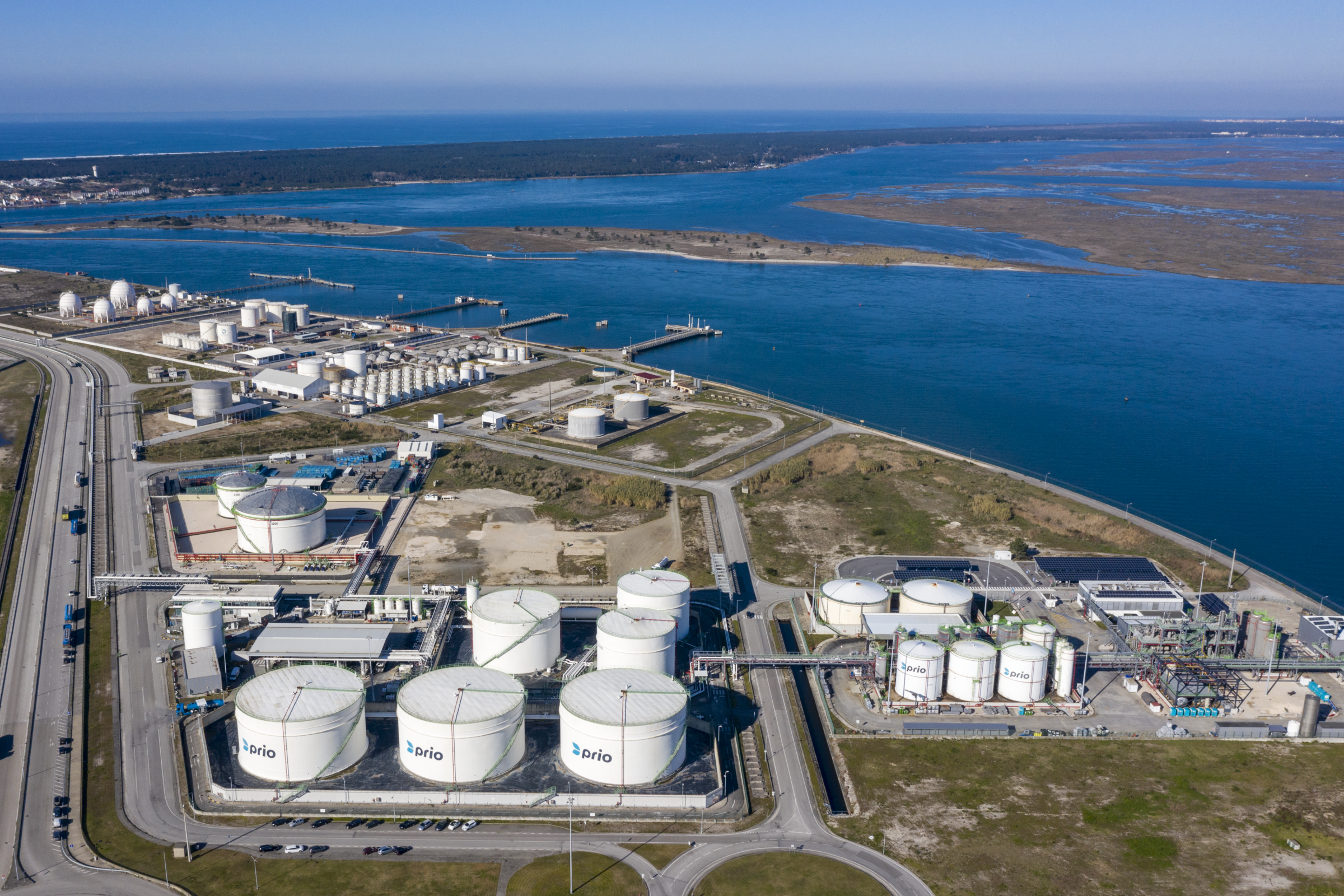 © Port of Aveiro
© Port of Aveiro
The Port of Aveiro hosts a liquid bulk terminal. With the ongoing tensions between Russia and the EU, are you seeing or expecting any impacts on the volumes of liquid bulk passing through the port?
We have noticed a decrease in the movement of liquid bulk cargo, compared to the same period of the previous year, that may be related with the ongoing tensions between Russia and the EU, although we do not have cargo coming directly from Russia, which does not mean that its first origin is from that country.
In this context, the European Commission recently presented the REPowerEU Plan in response to the difficulties and disruptions in the global energy market caused by the Russian invasion of Ukraine, with the clear objective of ending or significantly reducing the EU's dependence on Russian fossil fuels, setting out measures to meet this ambition through energy savings, diversification of energy supply and accelerating the deployment of renewable energy to replace fossil fuels in homes, industry and power generation.
Currently the inclusion of ports into the TEN-T network is mainly determined by their annual throughput volumes. ESPO believes that transport volumes should not be the only decisive factor, as ports have long been moving away from only counting tonnes. Other considerations, such as the port’s role in terms of cohesion, strategic geopolitical position, energy transition and sustainable transport solutions should also be taken into account. In which ways does the Port of Aveiro add value to the local community and fulfils strategic functions beyond the traffic volumes?
The Port of Aveiro, as an important national industrial and logistics hub, which promotes the socio-economic development of the central region of Portugal, contributes to and enhances its growth, and has been strengthening its role for territorial cohesion and competitiveness. In this context, cooperation with local authorities is absolutely essential to promote decarbonization and green and intelligent mobility to improve the air quality and health of the surrounding cities, contributing to the global objective of fighting and minimising climate change.
The Port of Aveiro’s main features that enhance its role in the region are related to the connection with the Estarreja Chemical and Petrochemical Cluster, its proximity to offshore renewable energy industries, even including a plant installed in its port area and the new logistics and industrial area, named ZALI, that will be designed and managed as green and carbon free port area.
The offshore renewable energy business plays an important role in the Port of Aveiro. With the EU setting higher targets for renewable energy, do you foresee a bright future for this activity in your port? What is the biggest challenge?
In 2021, onshore and offshore cargo has grown 92%. In late 2021, the first ship docked at the newly built CS Wind PT private quay, located in the Logistics and Industrial Activities Zone of the Port of Aveiro, the only private quay dedicated to offshore cargo in Portugal. This investment boosted the port capacity and efficiency to handle this kind of cargos. This was another step towards the recognition of the Port of Aveiro as a strategic hub for the offshore industry. On the other hand, Siemens Gamesa, company leader in the renewable energy industry, has the Port of Aveiro as is its main port to export its products due to the port’s excellent accessibility.
Given that energy transition is one of the major challenges in the upcoming years, we expect a high increase of this sector’s activity, which exports blades and other wind offshore components mainly to the North of Europe, through the Port of Aveiro.
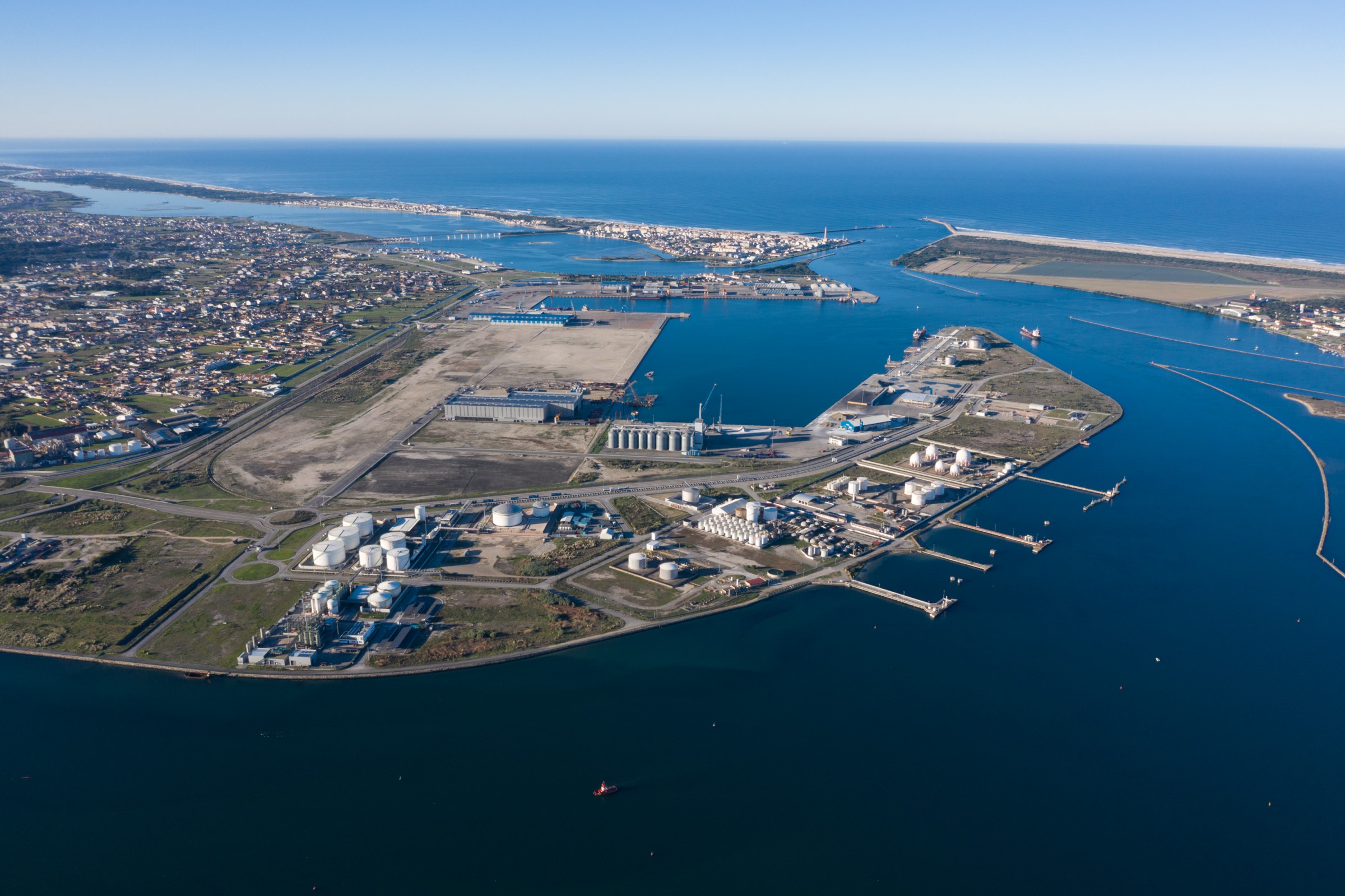 © Port of Aveiro
© Port of Aveiro
European ports are increasingly investing in digital solutions to improve the efficiency of the logistics chain and port operations. Has the Port of Aveiro taken any initiatives towards digitalisation?
The roadmap for digitalisation includes a programme for the empowerment of the digital infrastructure of the Port of Aveiro (land and seaside), for full digital connectivity of the port terminals and for the use and supply of clean energy in all its activities.
Digitalisation, with its beneficial effects on environment, energy, mobility and logistics, is a major priority of the Port of Aveiro. In this context, the Port of Aveiro signed two memorandums of understanding aiming at the digital and energy transition with several players in the sector for the implementation of new technologies. The investments in basic infrastructures, such as the LoRoWan network, Microwave, 5G and wireless and digital security systems translate into an overall investment of about 5.5 million euros, and some of these projects are already underway. These projects aim at the effective transition to a Smart Port. Greater automation of operations, turnover and speed in cargo handling will be the key factors in increasing the attractiveness of the port and the competitiveness of the exporting industries of the region's centres. These technological projects include sensors, the Internet of Things (IoT) and machine learning, with a view to managing information in real time for efficient and effective decision-making.
The greening of a port is a task which requires the help of all port stakeholders. What can a port authority do to engage all stakeholders in making their operations more sustainable?
The Port of Aveiro will take advantage of its leadership role as a port authority to strengthen the port community network involving business, academia and industry, including SME’s, to enhance an effective transition into a Green Port. The ambition is co-creating and cooperating with the goal of finding solutions that benefit everyone and could enhance the development of human capital and social innovation.
In the area of advanced biofuels, the Port of Aveiro, together with some members of its port community, both suppliers and users, has some pilot projects underway involving the supply of port equipment and vessels.
With regards to energy, the first steps are being taken to create a renewable energy micro-grid (CER) of the port community. This action aims at the self-sufficiency of the Port of Aveiro through renewable energies, in a first phase, through the use of wind and solar energy and in a second phase, the study of solutions such as hydrogen and tidal energy is also contemplated. The first investment will be the implementation of a high and medium voltage infrastructure project that will allow the development of new port electric services. This investment includes the installation of a high voltage network, an electric substation, as well as equipment for energy storage and a medium voltage network. This equipment will be supported by a digital tool of the micro-grid managed by the Port of Aveiro.
In addition, for new logistics and industrial area, named ZALI, the rules to managed this area according to green and carbon free principles are being settled, with an expectation to extend these regulations to the remaining port areas.
The Port of Aveiro is aiming to deploy onshore power supply (OPS) for some of the ship types calling at the port. How many quays will be equipped with OPS? Which ships will be able to connect to it? How will this be financed, and what stakeholders are involved in contributing to the deployment of OPS? Are for instance shipping companies and individual terminals participating in making the deployment of OPS possible in your port?
The investment in OPS will need further information from ship owners before the final decision to be made on how many and which berths will be supplied with this type of equipment. Currently, the Port of Aveiro has applied, with some energy partners, for national funding to install a new mobile Onshore Power Supply (OPS) equipment, which can match different prerequisites of vessels, in order to operate with the same equipment in several berths in the port.
In addition, the Port Authority is conducting an OPS survey to the vessels calling the port of Aveiro, in order to establish the energy needs. We can already conclude that both medium and low voltage, as well as 50 and 60 HZ frequency output, will be needed to supply vessels at berths in the Port of Aveiro.
The port has been conducting several feasibility studies to support the technical and cost-benefit analysis of the solutions to be implemented at the port, regarding the OPS equipment to be installed, and also the reinforcement of the medium voltage network that will support the OPS service in the near future. However, the type of cargo and the high rotation of vessels bring some difficulties in working together with the ship owners for a common understanding about the features of the OPS.
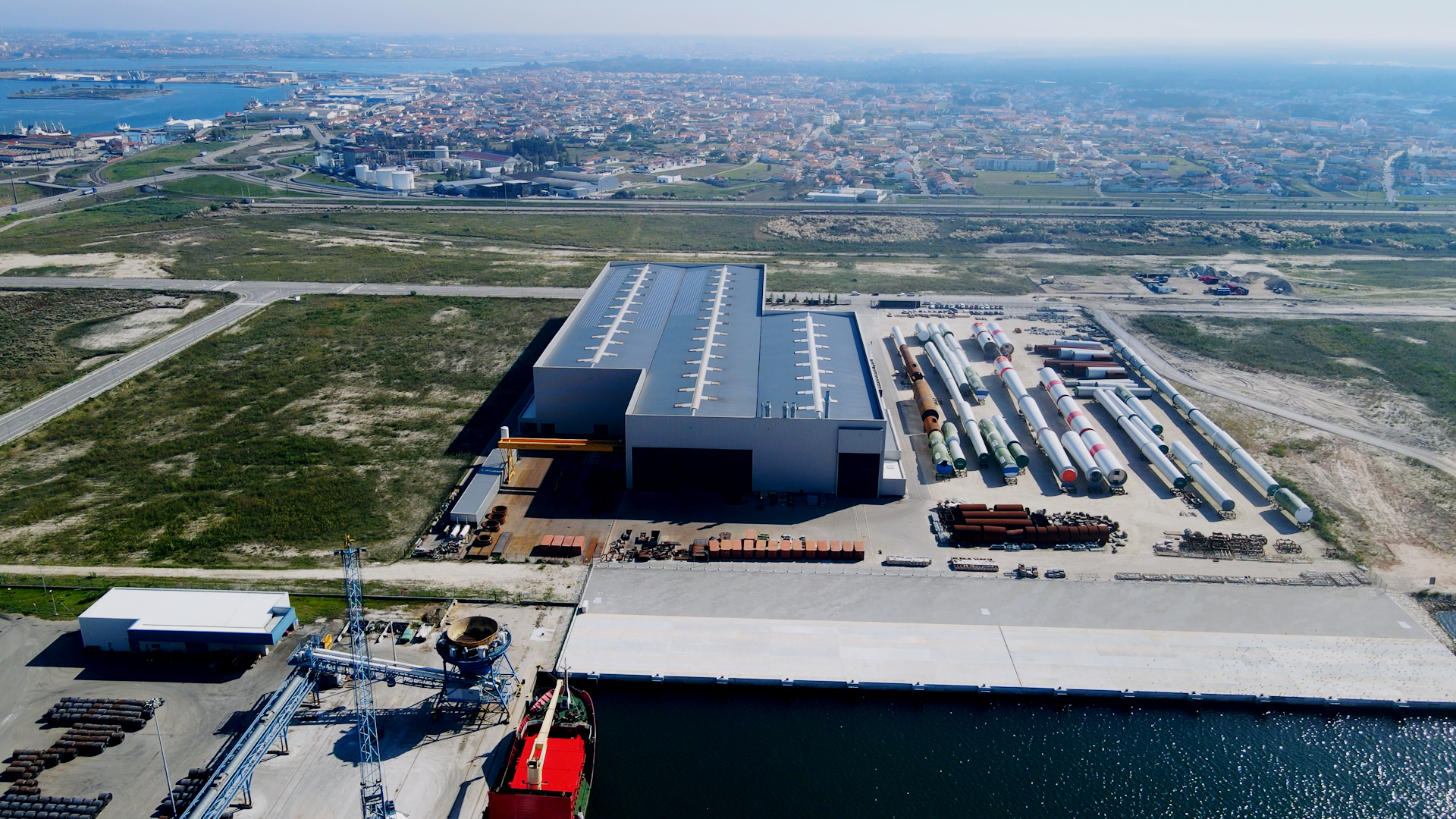 © Port of Aveiro
© Port of Aveiro
How did you get into maritime transport? How did your career path lead to this position?
My academic background is in Regional and Urban Planning, specialising in Coastal and Marine Planning and Governance. In addition to usual teaching activities as a professor at the Department of Environment and Planning at the University of Aveiro, I have been conducting research in these fields for more then 30 years at the Center for Environmental and Marine Studies (CESAM).
In 1998, I had the opportunity to be part of the national team that coordinated the first Maritime Spatial Planning Plan in Portugal and one of the first to be developed in Europe, at a time when the principles of integrated management of coastal zones were taking their first steps. At this time, a wide range of specific actions began in the scope of ocean governance and maritime spatial planning assumed itself as a vector of environmental, economic and social convergence in public policies.
Later, in 2018, I was invited by the Ministry of the Sea to coordinate the Strategic Environmental Assessment studies of the current Maritime Spatial Planning Situation Plan in Portugal, integrating the Madeira and Azores subdivisions, the Exclusive Economic Zone and the Extended Continental Shelf. It is the largest European maritime space and one of the largest in the world.
It is in this technical and scientific context that I enter the port sector, followed by the invitation of the Minister of the Sea to the position of President of the Executive Board of the Port of Aveiro and the Port of Figueira da Foz, both managed by the same administration located in the Central region of Portugal.
Related documents
No attachments.
